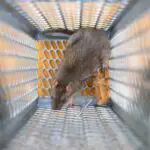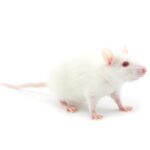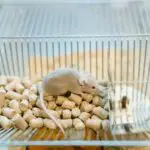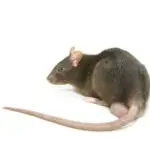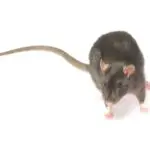Why Do Rats Have Tails?
Rats’ tails are functional, helping them balance when running on a narrow surface. It also helps them to eat from bowls, as they perch on the edge and shake their tails to stay in place. It is not a pleasant sight for people to see rats with tails in their home, however.
A rat’s tail is a complex extension of the vertebral column. It consists of three concentric layers, with the innermost core made of bone and surrounded by a layer of tendons and blood vessels. The outermost layer is made of skin. These three layers make up the tail’s structure and function.
Rats’ tails are covered with tiny hairs that act as bristles to help the animal balance. This also helps the animal cross narrow paths and climb. Rats also use the hairs in their tails to grip objects, making them useful for climbing. Without the hairs, a rat’s tail would be too slippery to grip.
Rats’ tails are also useful when it comes to cooling. The temperature of a rat’s body rises, so the blood vessels in the tail dilate to allow more blood to flow to it. The blood then loses heat through the layer of skin on its tail, and the tail becomes cooler than the rest of the body. This helps the rat stay cool in hot weather. At the same time, the tail is also useful for escaping predators.

